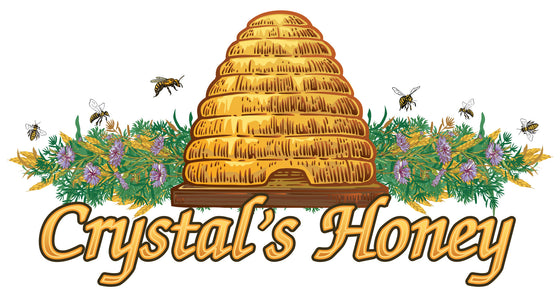It’s no secret that honeybees are here, there, and everywhere during the summer months, but they seem to disappear with the warm weather. Bees are incredibly fascinating, and their lives and tendencies may surprise you. Whether you’re an aspiring beekeeper or just someone curious about all things bee-related, you’ll enjoy exploring the seasonal behavior changes of honeybees.
Busy in the Summer
Bees are always busy during the summer months. This is when they forage for nectar and pollen from dawn to dusk, as long as the weather cooperates. Believe it or not, rainy days can impact how much bees forage because they can sense temperature, humidity, and pressure changes. Furthermore, they may stop foraging if it’s excessively hot.
Beehives need to be at 95 degrees Fahrenheit for honey-making; if it gets warmer, they use their wings to ventilate the hive collectively. The bees also increase their water collection when the hive gets extremely warm.
Food-Gathering in the Fall
Although a lot of their work happens during the summer months, bees know that the winter weather is on its way when fall comes. With that in mind, they work extra hard to collect enough pollen and nectar for the entire colony to survive winter. Interestingly, they know it’s time to work double time when the days become shorter. If the bees don’t do the necessary preparations, the colony is less likely to survive the winter.
Survival in the Winter
You probably think bees disappear during the winter months, but they just become inactive. Winter is about survival for bee colonies, and it may be difficult for them to do so. Because they can’t make more honey in the cold weather, bees have to live off what they stored during summer and fall. Generally, they stay in the hive and gather together to stay warm.
Active in the Spring
As the snow melts and the weather begins to shift yet again, the bees become active. During this time, they work to rebuild their colony numbers after the inevitable winter losses. Once the trees and flowers bloom, they begin their work and return to foraging for pollen, nectar, and water.
As a beekeeper or a bee advocate, understanding the seasonal behavior changes of honeybees is crucial. Whether you harvest or buy raw honey, knowing how bees work as a colony gives you a deeper understanding of what it takes to make that honey.
